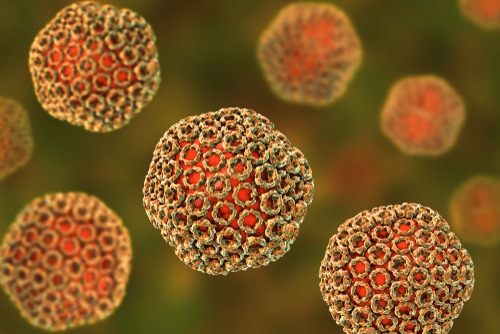
The National Institute of Allergy and Infectious Diseases (NIAID) awarded more than $4.5 million in total awards this week to support research into valley fever being conducted by the Universities of California-San Francisco, California-Los Angeles, and Texas-San Antonio.
That money will be split across a single year and promote teams’ investigations into areas of valley fever where knowledge is lacking. A network of Coccidioidomycosis – the proper name for valley fever – research centers will be established, complete with multi-disciplinary teams pondering potential diagnostics, therapeutics, and vaccines for the fungal disease. Currently, no such vaccines exist, and treatment for severe cases is usually restricted to three to six months of antifungal medications.
It is not an ideal situation, given the disease’s endemic nature in parts of the Southwest United States, Mexico, as well as Central and South America. Fungal spores root in soil, making it easily spread among those who work with soil and navigate dusty conditions. While many infected appear asymptomatic, others are afflicted with flu-like symptoms such as fatigue, cough, shortness of breath, fever, and rash, and severe cases can cause long-term respiratory symptoms.
Despite this, few scientists currently research valley fever – a situation NIAID wishes to change. To that end, UC-San Francisco will look into Molecules and Pathways at the Coccidioides Host-Pathogen Interface, while UC-Los Angeles investigates Host Immunogenetics and Fungal Virulence Mechanisms in Coccidioidomycosis. The team at UT-San Antonio will pursue Development of Therapeutics and Vaccines Against Coccidioidomycosis.




